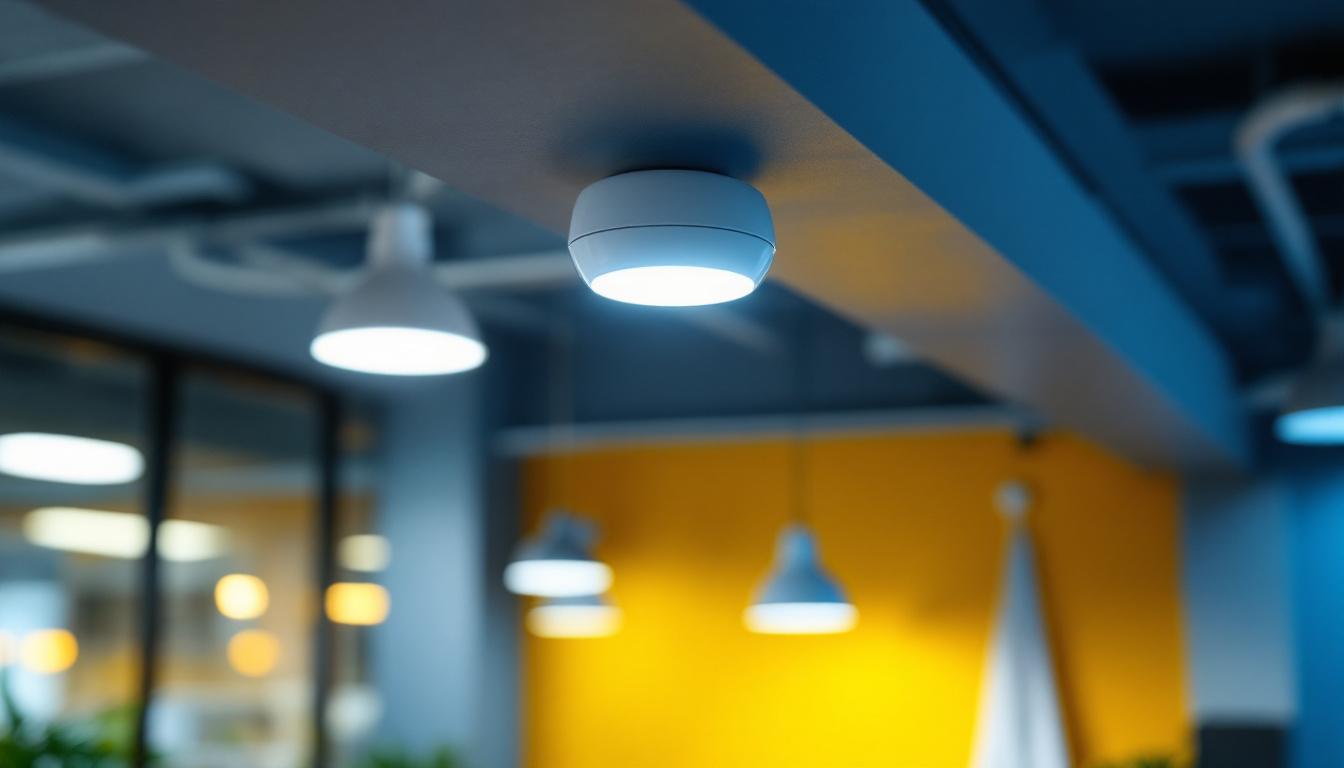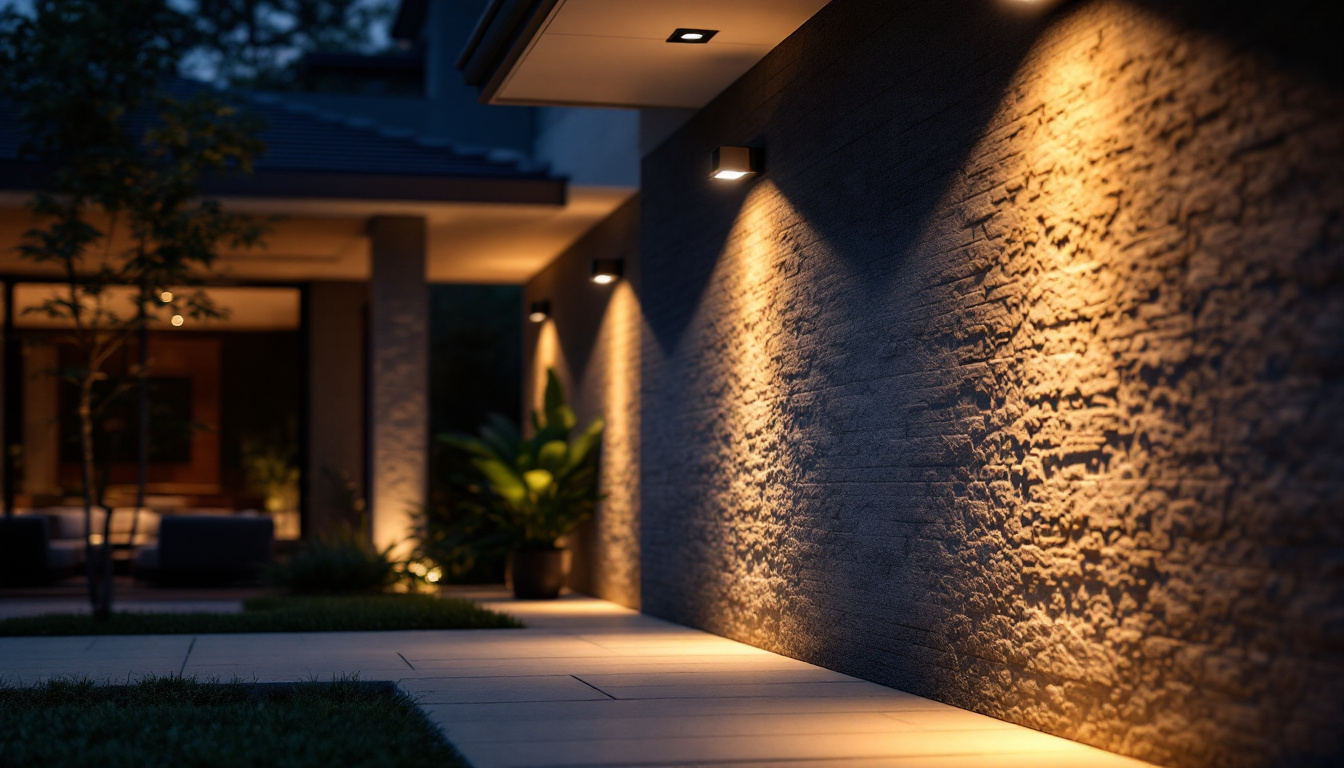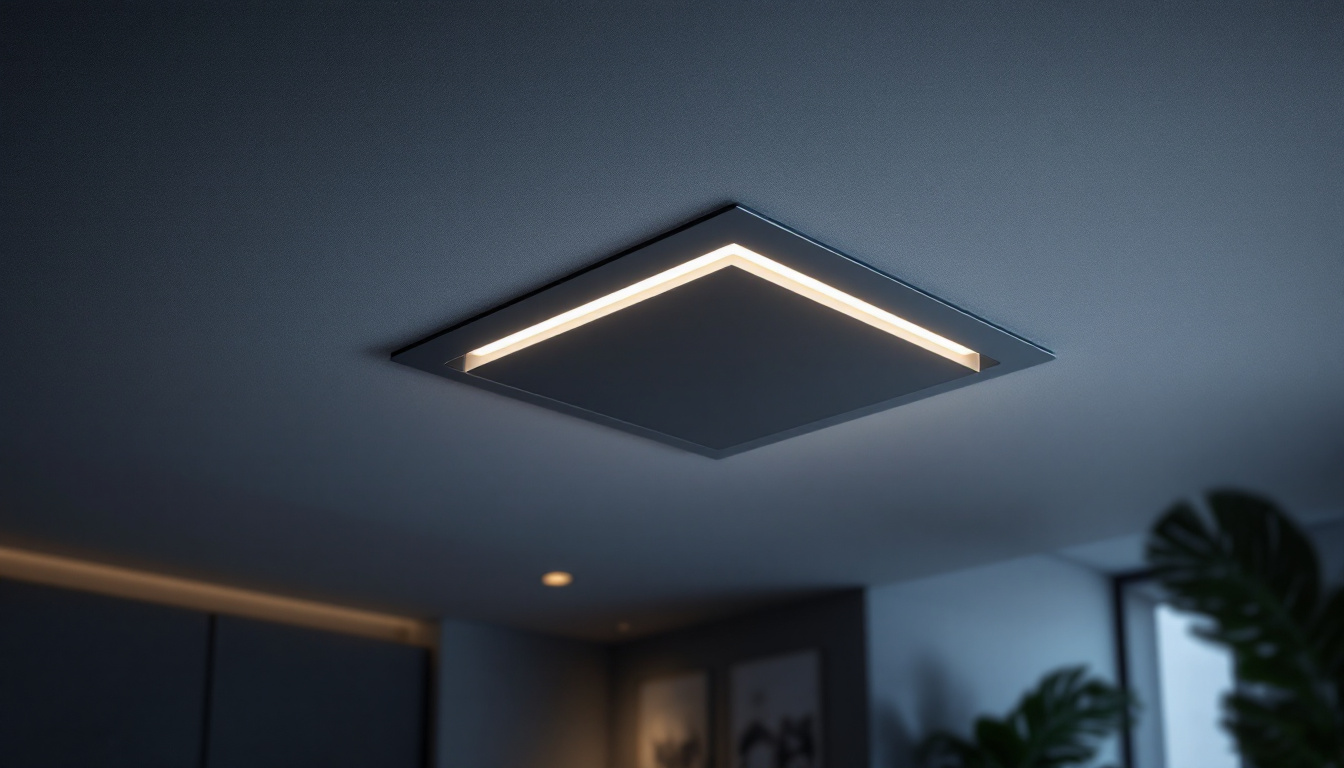
As the demand for energy-efficient lighting solutions continues to grow, ceiling-mounted occupancy sensors have emerged as a vital component in modern lighting design. These sensors not only enhance energy savings but also improve the overall functionality of lighting systems. For lighting contractors, understanding the intricacies of these devices is essential for successful installations and satisfied clients. This article delves into the key points that lighting contractors should consider when working with ceiling-mounted occupancy sensors.
Ceiling-mounted occupancy sensors are devices designed to detect the presence of individuals within a designated area. By automatically controlling lighting based on occupancy, these sensors help to conserve energy and extend the lifespan of lighting fixtures. They can be integrated into various types of lighting systems, making them versatile tools for contractors. Beyond their basic functionality, these sensors can also be part of a broader smart building ecosystem, allowing for enhanced control and monitoring of energy usage across multiple systems.
There are primarily two types of occupancy sensors: passive infrared (PIR) and ultrasonic sensors. PIR sensors detect body heat and movement, making them effective in spaces where people frequently enter and exit. In contrast, ultrasonic sensors use sound waves to detect motion, allowing them to cover larger areas and work effectively in spaces with obstacles. Each type has its unique advantages, making it essential for contractors to assess the specific needs of a space before installation.
Understanding the differences between these types is crucial for lighting contractors. For instance, while PIR sensors are ideal for open spaces, ultrasonic sensors may be better suited for rooms with furniture or partitions that could obstruct the detection of movement. Additionally, some advanced models combine both technologies, offering a hybrid solution that maximizes coverage and accuracy, ensuring that no movement goes undetected, even in complex environments.
One of the primary advantages of ceiling-mounted occupancy sensors is their ability to significantly reduce energy consumption. By ensuring that lights are only on when needed, these sensors can lead to substantial savings on electricity bills. Furthermore, they contribute to sustainability efforts by minimizing unnecessary energy use. This is particularly relevant in today’s world, where energy efficiency is not just a cost-saving measure but also a crucial component of corporate responsibility and environmental stewardship.
Additionally, these sensors enhance user comfort. By automatically adjusting lighting levels based on occupancy, they create a more pleasant environment. This is particularly important in commercial settings, where employee productivity can be affected by lighting conditions. Moreover, the integration of occupancy sensors with smart building management systems allows for real-time data collection and analysis, enabling facility managers to optimize energy usage further and tailor lighting to specific times of day or occupancy patterns. This adaptability not only improves energy efficiency but also enhances overall user experience, making spaces more inviting and functional.
For lighting contractors, proper installation of ceiling-mounted occupancy sensors is critical to their effectiveness. Several factors should be considered to ensure optimal performance and client satisfaction.
The placement of occupancy sensors greatly influences their performance. Contractors must assess the layout of the space and determine the most effective locations for sensor installation. Ideally, sensors should be mounted in areas where they have a clear line of sight to the space they are monitoring.
Coverage area is another important consideration. Each sensor has a specified range, and contractors should ensure that the sensor’s coverage overlaps adequately with the areas where lighting is required. This may involve using multiple sensors in larger spaces to ensure comprehensive coverage. Additionally, factors such as furniture placement, wall height, and the presence of obstructions like beams or ductwork can impact sensor efficacy. A thorough walkthrough of the space can help identify these potential challenges before installation begins, allowing for adjustments that enhance sensor performance.
Ceiling-mounted occupancy sensors typically require a power supply for operation. Contractors should be familiar with the wiring requirements and ensure that the installation complies with local electrical codes. This includes using the appropriate gauge of wire and ensuring secure connections to prevent any potential issues.
In some cases, contractors may need to integrate the sensor with existing lighting controls. Understanding how to connect the sensor to various lighting systems, including LED and fluorescent fixtures, is essential for a seamless installation. Furthermore, it’s beneficial to consider the future scalability of the system; contractors should plan for potential upgrades or expansions that may require additional sensors or modifications to the existing wiring. This foresight can save time and resources in the long run, making the installation process smoother and more efficient.
Once installed, ceiling-mounted occupancy sensors often require programming and calibration to function optimally. This process can vary depending on the specific model and manufacturer, but there are common practices that contractors should follow.
Sensitivity settings determine how responsive the sensor is to movement. Contractors should assess the environment and adjust these settings accordingly. For example, in areas with high foot traffic, a higher sensitivity may be appropriate, while in less frequented spaces, lower sensitivity settings can prevent unnecessary activation.
It is also important to consider the time delay settings, which dictate how long the lights remain on after detecting movement. Contractors should find a balance that accommodates the needs of the space while optimizing energy savings.
After programming, thorough testing of the system is crucial. Contractors should walk through the monitored area to ensure that the sensors detect movement as intended and that the lights respond appropriately. This step is vital for identifying any potential issues before the project is completed.
While ceiling-mounted occupancy sensors offer numerous benefits, they are not without challenges. Lighting contractors should be aware of common issues that may arise during installation and operation, as well as effective solutions.
One common challenge is false triggering, where lights turn on unexpectedly due to non-human movement, such as pets or drafts. This can be particularly problematic in spaces with high ceilings or open layouts. To mitigate this, contractors can adjust the sensitivity settings or consider using dual-technology sensors that combine PIR and ultrasonic detection to reduce false activations.
Integrating occupancy sensors with other building management systems can sometimes pose difficulties. Contractors should ensure compatibility with existing systems and be prepared to troubleshoot any integration issues. Familiarity with various control systems and protocols can help streamline this process.
Regular maintenance of ceiling-mounted occupancy sensors is essential for ensuring their longevity and reliability. Contractors should advise clients on best practices for maintaining these devices.
Conducting routine inspections can help identify any potential issues before they escalate. This includes checking for dust accumulation on the sensor lens, which can impede performance, as well as ensuring that wiring connections remain secure.
Additionally, contractors should encourage clients to keep a log of any unusual sensor behavior, such as frequent false triggers or failure to activate. This information can be invaluable for troubleshooting and resolving issues promptly.
Some modern occupancy sensors come equipped with firmware that can be updated to enhance functionality or address bugs. Contractors should stay informed about any available updates and advise clients on the importance of keeping their systems current.
Educating clients about the operation and benefits of ceiling-mounted occupancy sensors is a crucial aspect of the contractor’s role. Providing clear instructions and ongoing support can lead to higher satisfaction and better overall performance of the lighting system.
During the installation process, contractors should take the time to demonstrate how the sensors work. This includes showing clients how to adjust settings and explaining the benefits of using occupancy sensors for energy savings and convenience.
Providing a user manual or quick reference guide can also be beneficial. Clients will appreciate having a resource they can refer to if they have questions or need assistance in the future.
Establishing a relationship with clients that includes ongoing support can lead to repeat business and referrals. Contractors should be available to address any questions or concerns that may arise after installation. This can include follow-up visits to assess the system’s performance and make adjustments as needed.
The technology behind ceiling-mounted occupancy sensors is continually evolving. Staying informed about emerging trends can help lighting contractors remain competitive and offer the best solutions to their clients.
As smart building technologies gain traction, occupancy sensors are increasingly being integrated with IoT (Internet of Things) systems. This allows for more advanced functionality, such as remote monitoring and control via smartphones or tablets. Contractors should familiarize themselves with these technologies to provide clients with cutting-edge solutions.
Moreover, smart sensors can gather data on occupancy patterns, enabling building managers to optimize energy use and improve overall efficiency. Understanding how to leverage this data can create additional value for clients.
Manufacturers are continually developing sensors with enhanced features, such as daylight harvesting capabilities, which adjust lighting based on natural light levels. Contractors should keep an eye on these advancements, as they can provide clients with more comprehensive and efficient lighting solutions.
Ceiling-mounted occupancy sensors represent a significant advancement in lighting technology, offering numerous benefits for energy efficiency and user comfort. For lighting contractors, understanding the various aspects of these devices—from installation and programming to maintenance and future trends—is crucial for delivering high-quality service.
By staying informed and adapting to the evolving landscape of lighting technology, contractors can enhance their expertise and provide clients with effective, sustainable lighting solutions that meet their needs. Embracing the potential of ceiling-mounted occupancy sensors not only contributes to energy savings but also positions contractors as leaders in the industry.
Ready to take your lighting projects to the next level with energy-efficient ceiling-mounted occupancy sensors? Look no further than LumenWholesale for the highest quality, spec-grade lighting products at unbeatable wholesale prices. Say goodbye to inflated markups and hello to superior lighting solutions that meet the highest industry standards. With our hassle-free bulk buying options and free shipping, you can equip your projects with premium lighting at the best value — without any hidden fees. Elevate your lighting installations today by visiting LumenWholesale and discover the perfect blend of quality, affordability, and convenience.

Discover how “Buy Lights” streamlines the purchasing process for lighting contractors, offering efficient solutions and expert insights to illuminate your projects with ease..

Discover how exterior motion detector lights can revolutionize your lighting business and help you secure more contracts.

Discover the ultimate guide for lighting professionals with our essential checklist for square recessed lights.

Discover how affordable outdoor ceiling fans can give lighting contractors a competitive advantage.